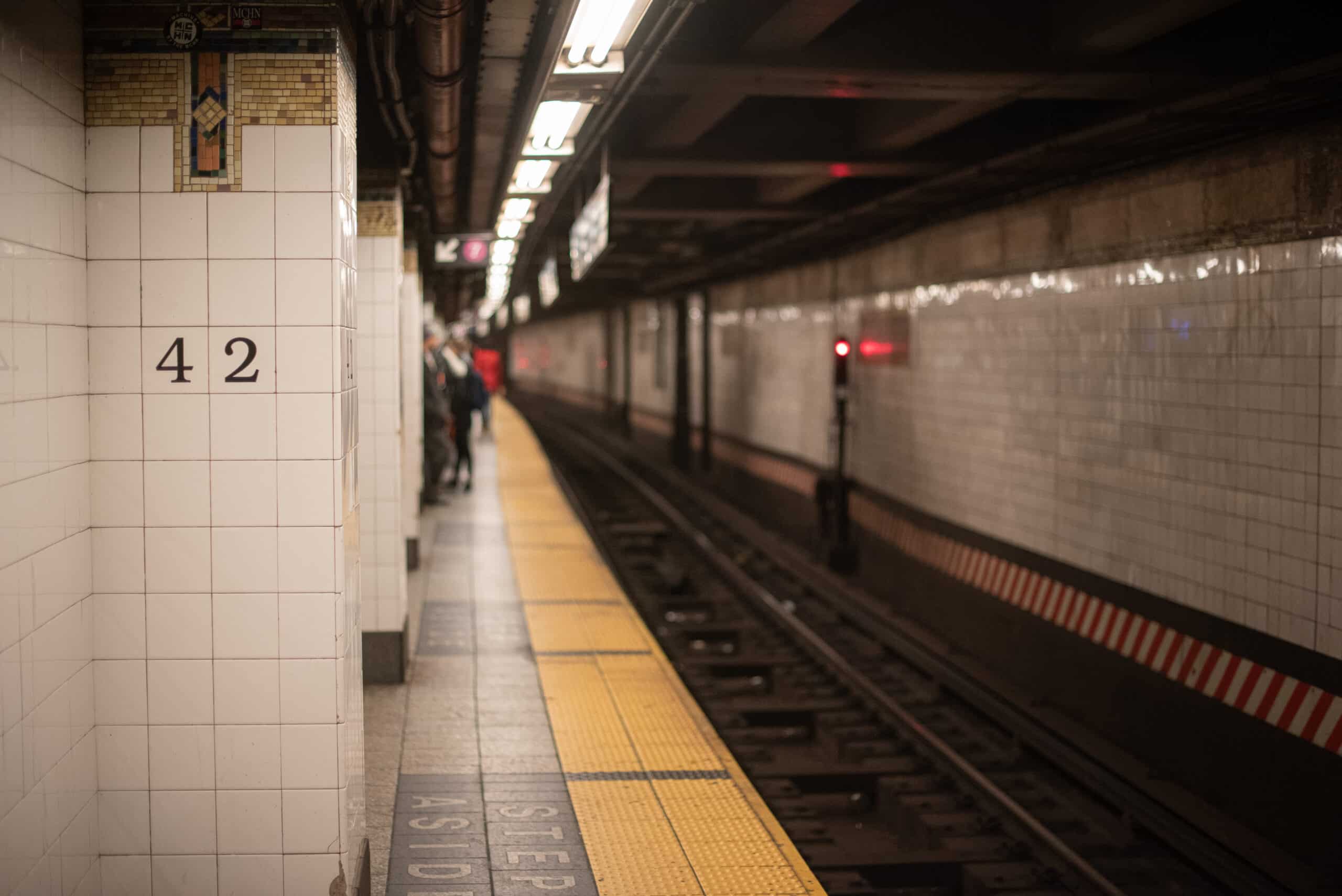NYC Subway Accident? Take These 6 Crucial Steps

For thousands of New Yorkers, the daily commute is a two-part journey: a ride on the iconic ferry followed by a dive into the sprawling New York City subway system. The subway is the lifeblood of the city, an essential link connecting our borough to Manhattan and beyond. But when this vital system fails, the consequences can be severe. A sudden stop, a faulty door, or a dangerous platform condition can lead to a devastating NYC subway accident scenario for an unsuspecting commuter.
If you are injured while using the subway, your rights and the steps you must take are different from other types of accidents. This blog explains the crucial actions you must take to protect your health and your right to compensation. While your injury may have happened off the island, O’Connor Law Firm is dedicated to serving New Yorkers wherever their commute takes them.
Common Causes and Types of Subway Accidents Affecting Commuters
Injuries on the subway can happen in numerous ways, often due to equipment failure or negligence. Common incidents include:
- Derailments & Collisions: Caused by signal failures, operator error, or dangerous track conditions.
- Sudden Stops & Starts: A frequent cause of injury, sending standing or seated passengers flying and causing serious falls within the train car.
- Door Incidents: Malfunctioning doors can close suddenly on passengers, trapping limbs or causing them to be dragged.
- Platform Accidents: These are especially dangerous and include slips and falls on wet or broken surfaces, falls onto the tracks, or even being pushed during altercations in overcrowded stations.
- Defective Station Equipment: Injuries are often caused by faulty escalators, elevators, or broken handrails within the stations themselves.
These incidents can result in fractures, traumatic head injuries, spinal trauma, and other severe injuries.
Who is Responsible? Proving Liability in NYC Subway Accidents
When you are injured on the subway, the primary entity responsible is usually the Metropolitan Transportation Authority (MTA) or the NYC Transit Authority. As a common carrier, the MTA owes the highest duty of care to its passengers. This means it has a legal duty to keep its trains, tracks, and stations in a reasonably safe condition and to ensure its employees are properly trained. In some cases, third-party contractors, like maintenance or construction companies working in the system, may also be held liable.
The Critical “Notice of Claim” Requirement:
This is the single most important rule in any claim against the MTA. To sue a municipal entity in New York, you must first file a formal “Notice of Claim” within 90 days of the incident. Failure to meet this strict deadline can permanently bar you from recovering any compensation. This is why consulting a lawyer immediately is not just a good idea—it’s essential.
6 Crucial Steps to Take Immediately After a Subway Accident
What you do in the moments, days, and weeks after a subway injury can make or break your case. If you find yourself in the unfortunate situation of a
NYC subway accident, follow these six steps.
1.) Prioritize Safety and Seek Medical Attention.
Your health is the top priority. Move to a safe location if you can and call for medical help. Even if you feel you can “walk it off,” get a full medical evaluation. Adrenaline can mask serious injuries, and this creates an official record of the injuries you sustained.
2.) Report the Incident to MTA Personnel.
Report what happened to an MTA station agent or police officer as soon as possible. Ask them to create an official report of the incident. This is a key piece of evidence that documents that the accident occurred on MTA property.
3.) Gather Identifying Information.
If you are able, take note of the train line (e.g., 4 train), the direction it was heading, and the number of the train car you were in (usually posted on the walls at either end of the car). Note the station and the specific location (e.g., “northbound platform near the front escalator”).
4.) Collect Witness Contact Information.
On a crowded train or platform, there are likely others who saw what happened. Ask for the names and phone numbers of any witnesses. Their testimony can be invaluable in corroborating your account of the events.
5.) Do NOT Make Recorded Statements.
The MTA or its insurance representatives may try to contact you and ask for a recorded statement about the accident. Do not provide one. These statements are often used to devalue or deny your claim. Politely decline and refer them to your attorney.
6.) Contact a Personal Injury Lawyer Without Delay.
Because of the strict 90-day Notice of Claim deadline, time is of the essence. Contact an attorney who has experience with transit authority claims immediately. They can ensure this critical deadline is met and begin the process of building your case.
Navigating the Claims Process for a Subway Accident Injury
Suing a massive municipal entity like the MTA is a complex and challenging process. Your attorney will immediately begin collecting all necessary evidence, including your medical records, official incident reports, witness statements, and any available security camera footage from the station or train. With this evidence, they will fight for the full compensation you deserve for your medical bills, lost wages, and the pain and suffering you have endured. This requires an attorney who is intimately familiar with the unique procedures and defenses involved in transit authority claims.
Conclusion: Your Advocate for Commuter Safety and Rights
A subway accident can leave you with serious injuries and a mountain of questions. The legal process is filled with unique challenges, and the clock starts ticking from the moment you are hurt. Acting quickly to preserve your rights is the most important thing you can do.
If your commute in New York City has resulted in a subway accident injury, don’t wait. Contact O’Connor Law Firm today for a free consultation. Let us be your advocate and fight for the justice you deserve.

